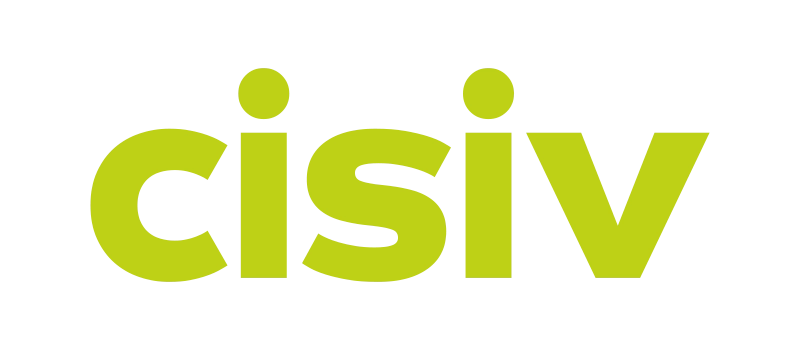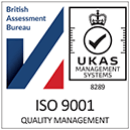This joint blog between Cisiv and Boyds discusses the strategic reasons for collecting real world data (RWD) alongside expanded access programmes (EAPs) and the key considerations when evaluating what data to collect.
Expanded access programmes
Expanded access programmes are legislative frameworks, used by both the European Medicines Agency (EMA) and the US Food and Drug Administration (FDA) to enable the therapeutic use of an unauthorised intervention (or of an authorised drug for an unauthorised indication) for patients with a life-threatening disease, outside of a clinical trial.
These programmes require a minimum set of safety data collection and offer the opportunity to collect standard of care data or RWD alongside.
Increasingly, regulators are requesting, accepting, and/or considering RWD as part of a regulatory submission, which has led to a marked increase in interest in how to collect RWD. In some countries, such as France and Canada, RWD is mandated by regulatory bodies. Finally, health technology assessment (HTA) bodies are increasingly accepting RWD, prompting pharma companies to want to collect RWD in EAPs.
Why collect RWD?
RWD can provide a range of insights into a therapeutic treatment, or disease, as well as inform the future potential clinical trial and its design. It can help pharma companies to further characterise the long-term safety of an Investigational Medicinal Product (IMP). Indeed, a lot of information can be garnered simply from understanding survival rates.
There are many strategic reasons for collecting RWD. It can help to:
- Provide exploratory clinical outcomes in the real world setting (non-clinical trial environment).
- Characterise the size of the population.
- Capture descriptive demographic or social real world data on the patient population.
- Evaluate direct or indirect healthcare resource use.
- Provide insights into the patient experience or perspective – individual patient profiles are a valuable asset when submitting to regulators.
- Guide decisions on how to price interventions.
- Inform the need for future post approval studies and how data from EAPs can help fill any data gaps, for example in the rare disease space.
Key considerations for RWD collection in EAPs
Despite the strategic advantage, it’s important to remember that there are challenges involved in collecting RWD in EAPs and these must be carefully managed.
Data gaps
The first step is to carefully consider what the data is going to be used for. Is it for regulators or HTA bodies, or will it, for example, be used to inform the design of the clinical trial, explore patient pathways, or the history of the disease?
The identification of data gaps should be part of the evidence generation phase to help ensure the quality of the data is aligned with the purpose. Engaging stakeholders from clinical development, medical affairs, and market access to map the data is key to identifying the data collection plan.
It should be acknowledged that the data being collected is not comparable to clinical trial data, meaning it is important to have clear expectations of what data will be collected and for what purpose.
Data quality
Data quality is paramount, so it’s important to assess whether the right question is being asked and whether the data answers that question. The data collection process is closer to an observational study, and a written methodology (or simplified protocol) should be considered to ensure a scientific approach. Consider whether the data is fit for purpose, is accurate and reliable, and whether any bias in the data quality can be addressed. If the data doesn’t align with clinical outcomes, think about whether it could be used to supplement the clinical trials or the cost-effective analysis as part of the HTA submission.
In addition, within that data collection, consider whether there is anything that can be done to improve the quality of the data without increasing the burden on the treating physician and patient.
Regulatory requirements
Next, the regulatory framework being used needs to be considered. There is a lack of harmonisation across regulatory bodies for EAPs or RWD, so working with both means it’s important to understand any geographical regulatory differences and nuances. This provides a real opportunity for pharma and biotech companies to engage with regulators and open a dialogue about the role and value of RWD data.
Ethics and consent
Engaging with ethics committees and ethics review boards where appropriate is another key consideration to make, as well as the need for additional patient consent for the extraction of data by a third party and any associated data privacy issues.
Practical measures
Separate standard operating procedures (SOPs) will need to be established for RWD collection, and pharmacovigilance teams briefed on how to capture safety signals and events.
Another key area to think about is operationalisation and how the IMP will be supplied, the data extracted, the platform that is going to be used to achieve this, and how to ensure that this is a positive experience for the sites that are collecting the data.
Future opportunities
There is a clear opportunity to collect RWD from EAPs, across a range of therapeutic areas, especially where there is a dearth of data, such as orphan and rare diseases, but also in oncology. There is a marked increase in regulators and HTAs accepting such data, with regulatory bodies in some countries now mandating it. RWD is a fast-growing and promising area, but data collection must be conducted using robust methodology and aligned with a strong purpose, to allow the most useful and relevant outcomes to be achieved.
Cisiv provides the core technology for late phase research, which covers every aspect of data collection and analysis, and can be tailored to meet the needs of any real world, late phase study, allowing our customers to deliver their existing and new studies.
Cisiv’s Baseline Plus is a fully integrated platform with high flexibility, specifically built for the collection of complex, clinically rich, real-world data. The digital platform has been built to support a leaner, more efficient process which does not burden the healthcare professional or site. It comprises of a single platform, which offers both the ability to streamline an EAP or managed access program as well as collect RWD. To find out more, click here.
This blog is based on a joint webinar between Boyds and Cisiv on ‘How to successfully operationalise real world data collection alongside expanded access programmes.’ . You can find a recording of the webinar here.


